Greg Rouse, a marine biologist at UC San Diego’s Scripps Institution of Oceanography, and other researchers have discovered a new species of deep-sea worm living near a methane seep some 50 kilometers (30 miles) off the Pacific coast of Costa Rica. Rouse, curator of the Scripps Benthic Invertebrate Collection, co-authored a study describing the new species in the journal PLOS ONE that was published on March 6.
Tag: Marine Biology
‘Janitors’ of the Sea: Overharvested sea cucumbers play crucial role in protecting coral
In a first-of-its-kind study, researchers at the Georgia Institute of Technology discovered that sea cucumbers — sediment-eating organisms that function like autonomous vacuum cleaners of the ocean floor — play an enormous role in protecting coral from disease. The problem is, they’ve been overharvested for more than 100 years, and they’re now rare.
NSU Researcher Helps International Team Create Plan to Protect the Biodiversity of U.S. Waters
Studying the world’s oceans can be difficult – an NSU researcher lead a team that is working to do just that.
Media Tip: Argonne’s Advanced Photon Source to accelerate biological and environmental research
In October 2023, the Advanced Photon Source (APS), a U.S. Department of Energy (DOE) Office of Science user facility at DOE’s Argonne National Laboratory, officially launched a new initiative to expand biological and environmental research at the world leading X-ray and analysis facility.
Shining a light on tiny, solar-powered animals
Acoels have been found to host a wide diversity of symbiotic, photosynthetic microalgae.
Extreme Temperature Stress Proving Disastrous on Southeast Florida’s Coral Reefs
Thanks to extremely high ocean temps, coral reefs are dying like we’ve never seen before. Research scientists are doing anything and everything to help – it’s a race against time.
When Water Temperatures Change, the Molecular Motors of Cephalopods Do Too
Working with live squid hatchlings at Scripps Institution of Oceanography, UC San Diego scientists find the animals can tune their proteome on the fly in response to changes in ocean temperature via the unique process of RNA recoding. The findings inspire new questions about basic protein function.
Why are there so few insects in the ocean?
Scientists from Tokyo Metropolitan University have proposed a hypothesis for why insects are so rare in marine environments.

Stripped to the bone
Natural disasters can devastate a region, abruptly killing the species that form an ecosystem’s structure. But how this transpires can influence recovery. While fires scorch the landscape to the ground, a heatwave leaves an army of wooden staves in its wake. Storm surges and coral bleaching do something similar underwater.
Study on methane in deep-sea sediments shows small releases happen more often than thought
A team of scientists led by a Brown University researcher has developed a new method for monitoring when deep sea methane deposits convert to gas and rise toward the seafloor in amounts that were previously too small to detect.
SUNY Geneseo and NOAA Ocean Exploration Bring Deep Sea to Undergrad Classroom
The article shares lessons from SUNY Geneseo’s Marine Biology course and presents a model for bringing deep-sea research into undergraduate classrooms. Access to the deep oceans is limited to a select number of researchers, in large part due to the costs of ship time.
Marine Plankton Tell the Long Story of Ocean Health, and Maybe Human Too
UC San Diego researchers suggest that rising levels of manmade chemicals, accumulating in marine plankton, might be used to monitor the impact of human activity on ecosystem health and perhaps study links between ocean pollution and land-based rates of childhood and adult chronic illnesses.
Climate change could cause “disaster” in the world’s oceans, say UC Irvine scientists
Irvine, Calif., Jan. 4, 2023 — Climate-driven heating of seawater is causing a slowdown of deep circulation patterns in the Atlantic and Southern oceans, according to University of California, Irvine Earth system scientists, and if this process continues, the ocean’s ability to remove carbon dioxide from the atmosphere will be severely limited, further exacerbating global warming.
Surf, Sand and Seaweed: The latest breakthroughs in Marine Science
Here are some of the latest articles that have been added to the Marine Science channel on Newswise, a free source for media.
The swimming habits of gelatinous animals are inspiring underwater vehicle design
Two different swimming styles of a marine animal related to jellyfish let the animal prioritize speed or energy efficiency, depending on its current needs, a team of University of Oregon researchers found. The UO team, led by marine biologist Kelly Sutherland and postdoctoral researcher Kevin Du Clos, report their findings in a paper published Nov. 28 in Proceedings of the National Academy of Sciences.
Oil Spill Effects on Mahi-mahi Go Far Beyond Initial Survival
New research into oil spills’ effects finds surviving the initial event does not guarantee success for the popular sport fish mahi-mahi (Coryphaena hippurus). Exposed fish faced temporary increased predation and did not spawn for the entire observation time.
Climate Change Double Whammy Causes Unexpected Effects in Pacific Mussels
Comparative physiologists studied how two aspects of climate change—warming temperatures and increasingly acidic waters—may affect the ecologically important Pacific blue mussel (Mytilus trossulus), a foundational species in the intertidal environments of the northern Pacific Ocean.
Changes in marine ecosystems going undetected
Existing ways of calculating biodiversity dynamics are not very effective in detecting wholesale species community change due to the effects of ocean acidification.
Mining’s Effect on Fish Warrants Better Science-Based Policies
A new paper published in Science Advances synthesizes the impact of metal and coal mines on salmon and trout in northwestern North America, and highlights the need for more complete and transparent science to inform mining policy.
Colonizing sea urchins in the Mediterranean can withstand hot, acidic seas
In bubbling vents off the coast of Ischia, a volcanic island in the Gulf of Naples, lives a curious population of black sea urchins. For at least 30 years, they have lived in these low pH, carbon dioxide-rich environments – a proxy for climate change-induced acidic oceans.
Shark antibodies may have the teeth to stop COVID-19
Tiny antibodies in sharks have dexterity and flexibility that human antibodies do not. They can bind tightly to the spike proteins of coronaviruses and neutralize the virus. This could help researchers develop new vaccines and therapies for COVID-19.
‘Traffic calming’ boosts breeding on coral reefs
Coral reef fish breed more successfully if motorboat noise is reduced, new research shows.
Komodo National Park is home to some of the world’s largest manta ray aggregations, new study shows
Through a collaborative effort including the public, scientists from the Marine Megafauna Foundation and Murdoch University are reporting a large number of manta rays in the waters of Komodo National Park, an Indonesian UNESCO World Heritage Site, suggesting the area may hold the key to regional recovery of the threatened species.
Large-scale ocean sanctuaries could protect coral reefs from climate change
Earth’s oceans are home to some of the most diverse ecosystems on the planet, but warming temperatures are causing many marine animals, including coral, to die out.
Biology: Louder petrol engine noise disrupts whale resting and nursing
Whale-watch vessels with louder petrol engines significantly disrupt short-finned pilot whale resting and nursing, according to a study published in Scientific Reports.
Low oxygen levels are pushing fish into shallower waters, with potentially devastating impacts for fisheries and ecosystems
Fish can drown. While it may not seem like it, fish do require oxygen to breathe; it’s just that they get what they need from the oxygen dissolved in water rather than in the air.
Now how did that get up there?
New research is shedding light on how the nasal passage in dolphins and whales shifts during embryonic development, from emerging at the tip of the snout to emerging at the top of the head as a blowhole. The findings are an integrative model for this developmental transition for cetaceans.
Fish Friends Help In A Crisis
To better understand how familiarity impacts social fishes, a group of research scientists studied this idea using schooling coral reef fish
A biological fireworks show 300 million years in the making
Scientists using the Advanced Photon Source have determined that amphibian eggs release showers of zinc upon fertilization, just like mammalian eggs. This research could have implications for human fertility studies.
Microplastics in land, sea, air a sign of ‘legacy pollution’
Plastics cycle through the oceans and roadways and become plastic dust, which rides the jet stream across continents.
Cone Snails Use Sexual Enticements to Lure Prey Out of Hiding
Cone snails use a previously undetected set of small molecules that mimic the effects of worm pheromones to drive marine worms into a sexual frenzy, making it easier to lure them out of their hiding places so the snails can gobble them up.
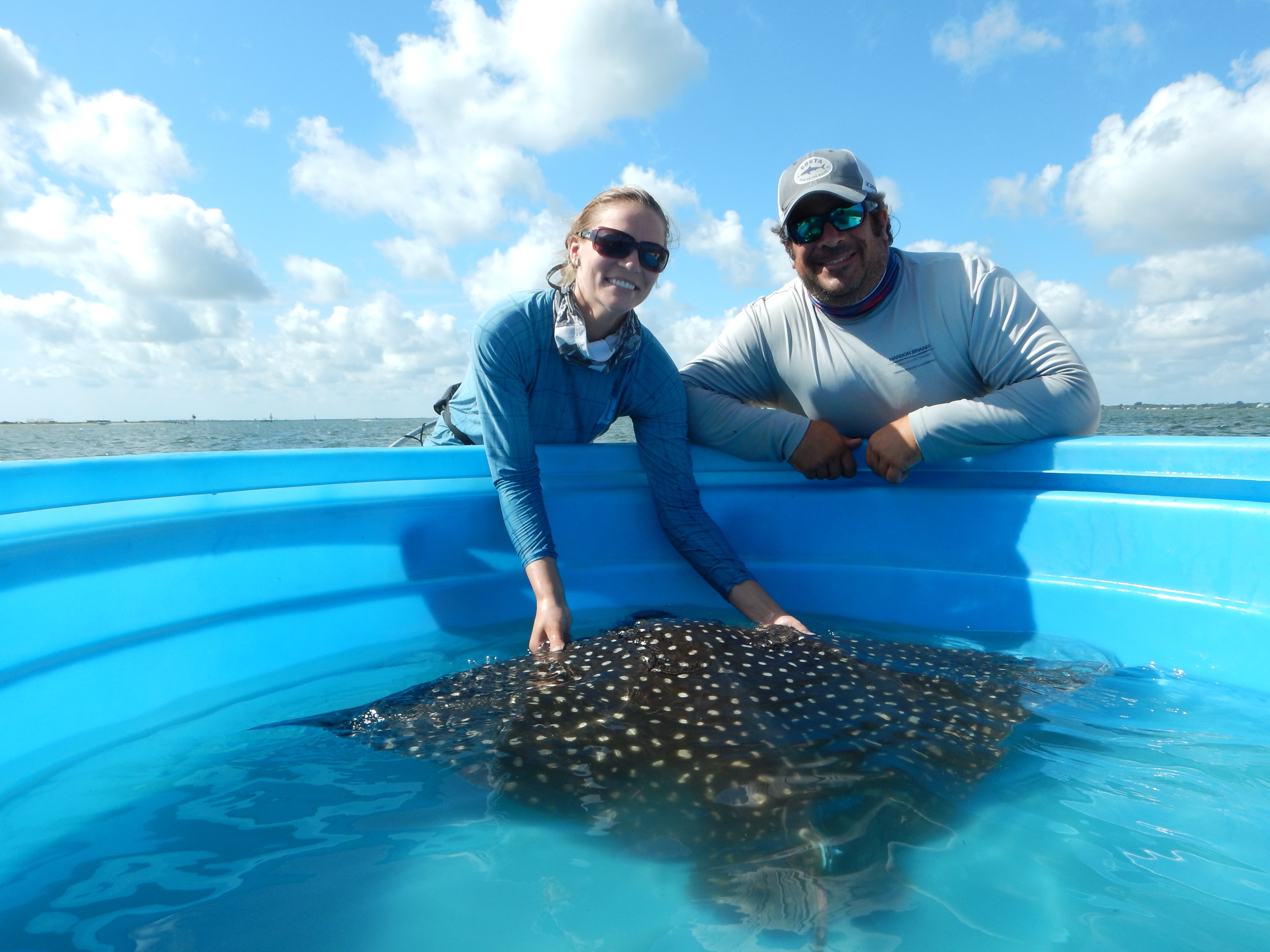
Drifter or Homebody? Study First to Show Where Whitespotted Eagle Rays Roam
It’s made for long-distance travel, yet movement patterns of the whitespotted eagle ray remain a mystery. Between 2016 and 2018, scientists fitted 54 rays with acoustic transmitters and tracked them along both the Gulf of Mexico and Atlantic coasts of Florida, which differ in environmental characteristics. Results of the study reveal striking differences in travel patterns on the Atlantic coast compared to the Gulf coast. Findings have significant conservation and adaptive management implications for this protected species.
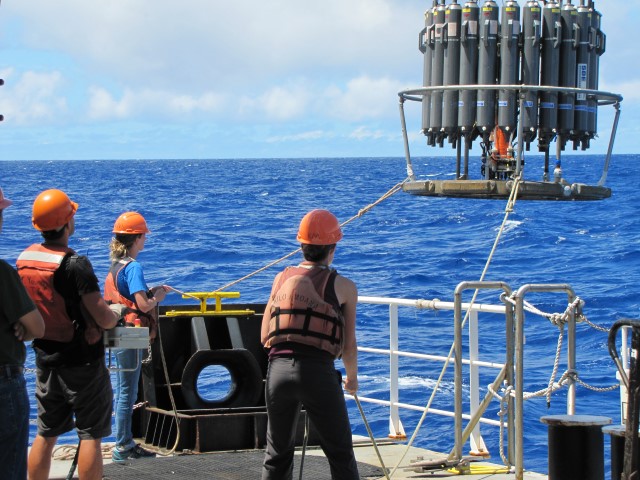
Marine organisms use previously undiscovered receptors to detect, respond to light
Single-celled organisms in the open ocean use a diverse array of genetic tools to detect light, even in tiny amounts, and respond. The discovery of these new genetic “light switches” could also aid in the field of optogenetics, in which a cell’s function can be controlled with exposure to light.
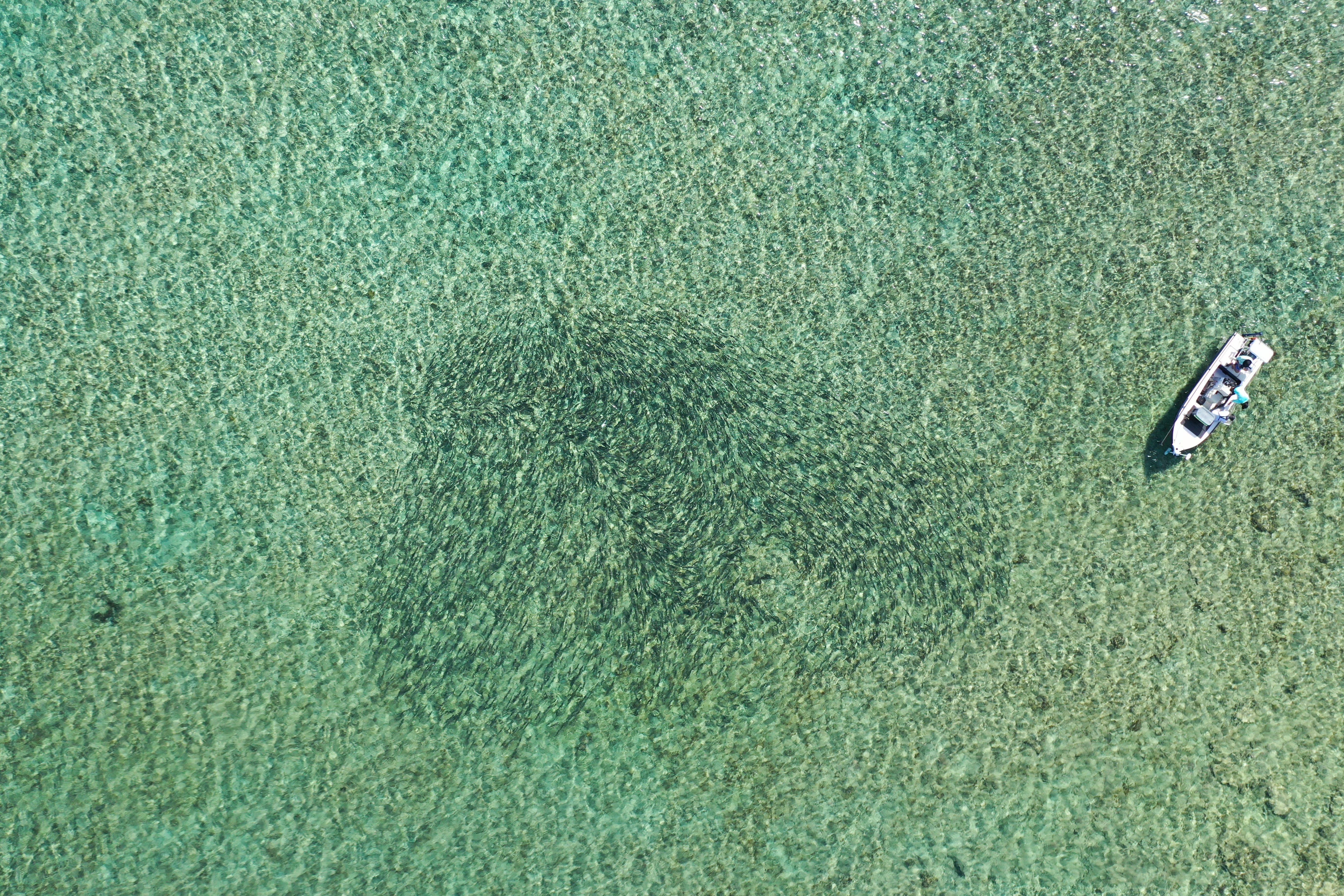
Stunning Discovery Reveals Bonefish Dive 450 Feet ‘Deep’ into the Abyss to Spawn
Using active acoustic telemetry and sonar data, a study provides the first detailed documentation of a shallow water fish diving 450 feet deep to spawn. Prior research has shown that bonefish dive about 164 feet to spawn, but this new and unprecedented study reveals that they reached depths of 450 feet, and moved below 325 feet for two hours before spawning in a rush upward to 220 feet deep.
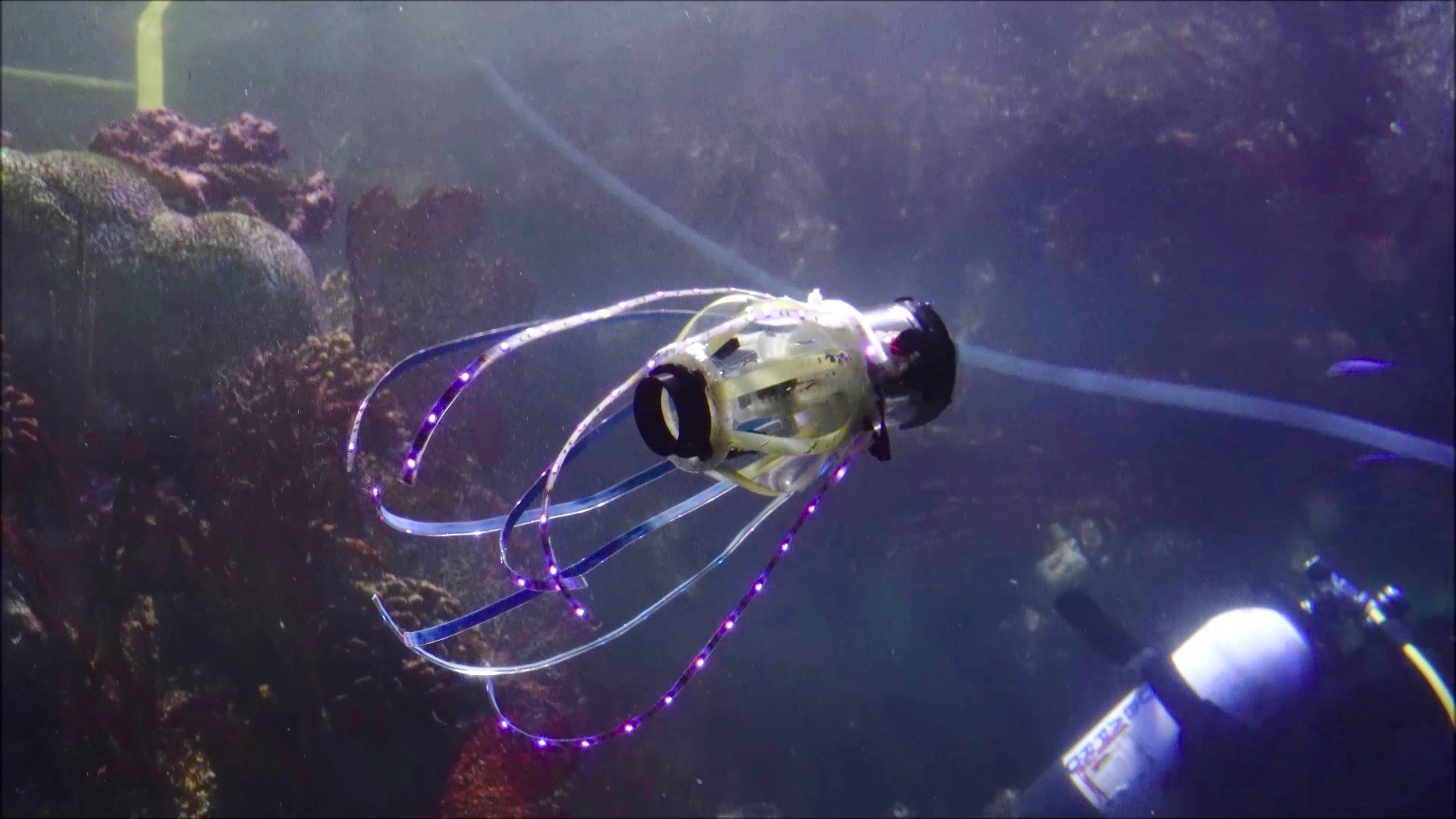
This ‘squidbot’ jets around and takes pics of coral and fish
Engineers at the University of California San Diego have built a squid-like robot that can swim untethered, propelling itself by generating jets of water. The robot carries its own power source inside its body. It can also carry a sensor, such as a camera, for underwater exploration. The researchers detail their work in a recent issue of Bioinspiration and Biomimetics.
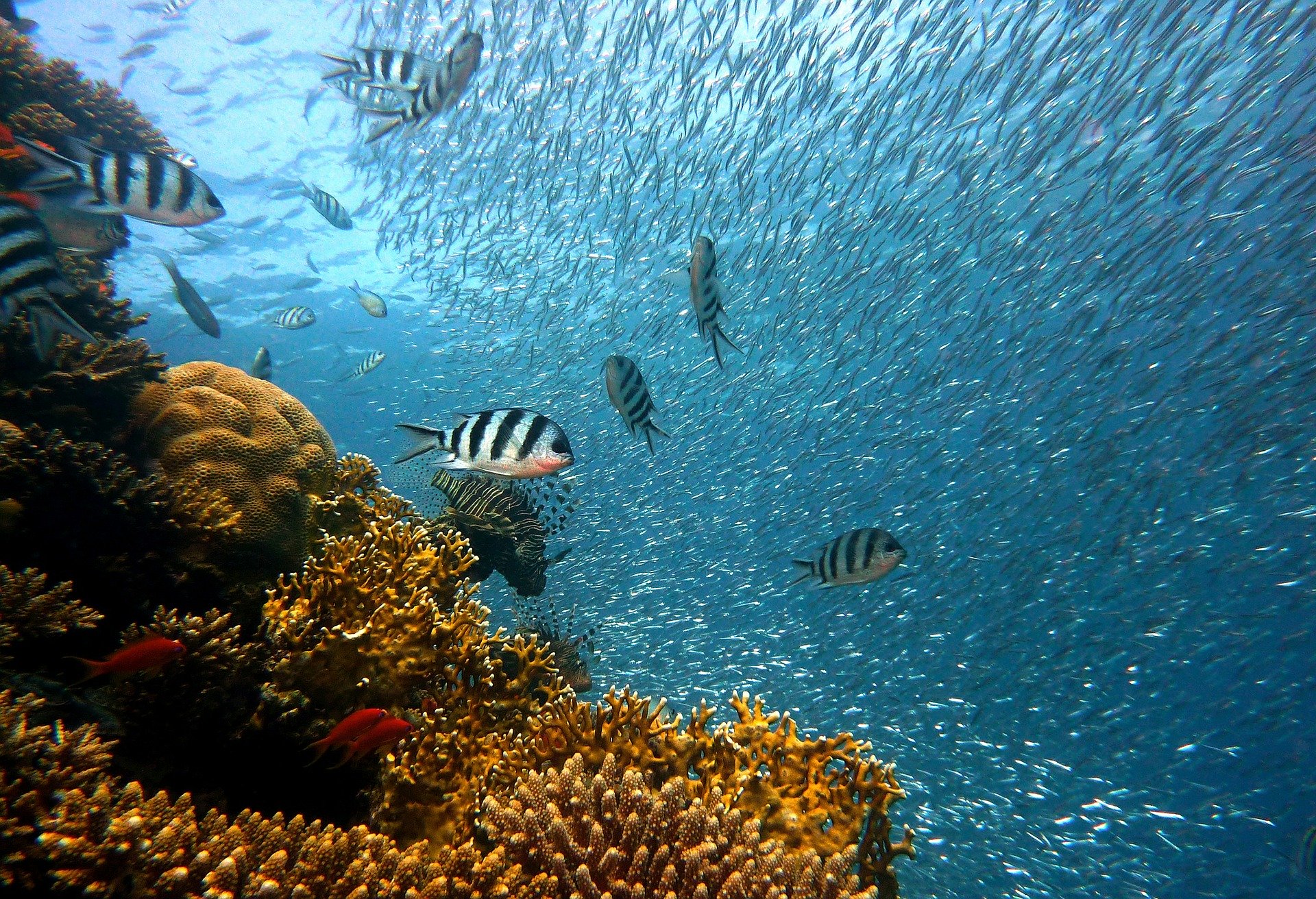
Marine animals live where ocean is most ‘breathable,’ but ranges could shrink with climate change
Research shows that many marine animals already inhabit the maximum range of breathable ocean that their physiology allows. The findings are a warning about climate change: Since warmer waters harbor less oxygen, stretches of ocean that are breathable today for a species may not be in the future.
Plastics, pathogens and baby formula: What’s in your shellfish?
The first landmark study using next-generation technology to comprehensively examine contaminants in oysters in Myanmar reveals alarming findings: the widespread presence of human bacterial pathogens and human-derived microdebris materials, including plastics, kerosene, paint, talc and milk supplement powders.
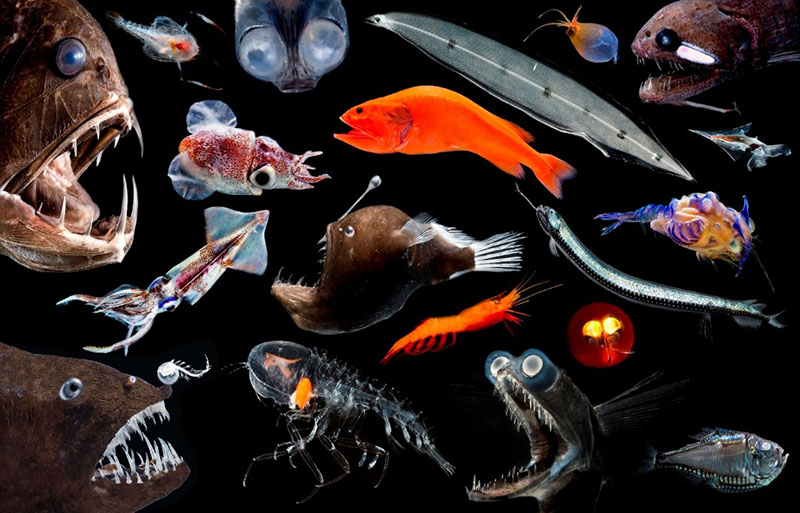
NSU Researcher Part of Team Addressing Potential Risks to Marine Life from Deep-Sea Mining
As the planet’s land-based natural resources become exhausted, the need for new sources is bringing the search to the deepest parts of the world’s oceans. And that has researchers across the globe very concerned.
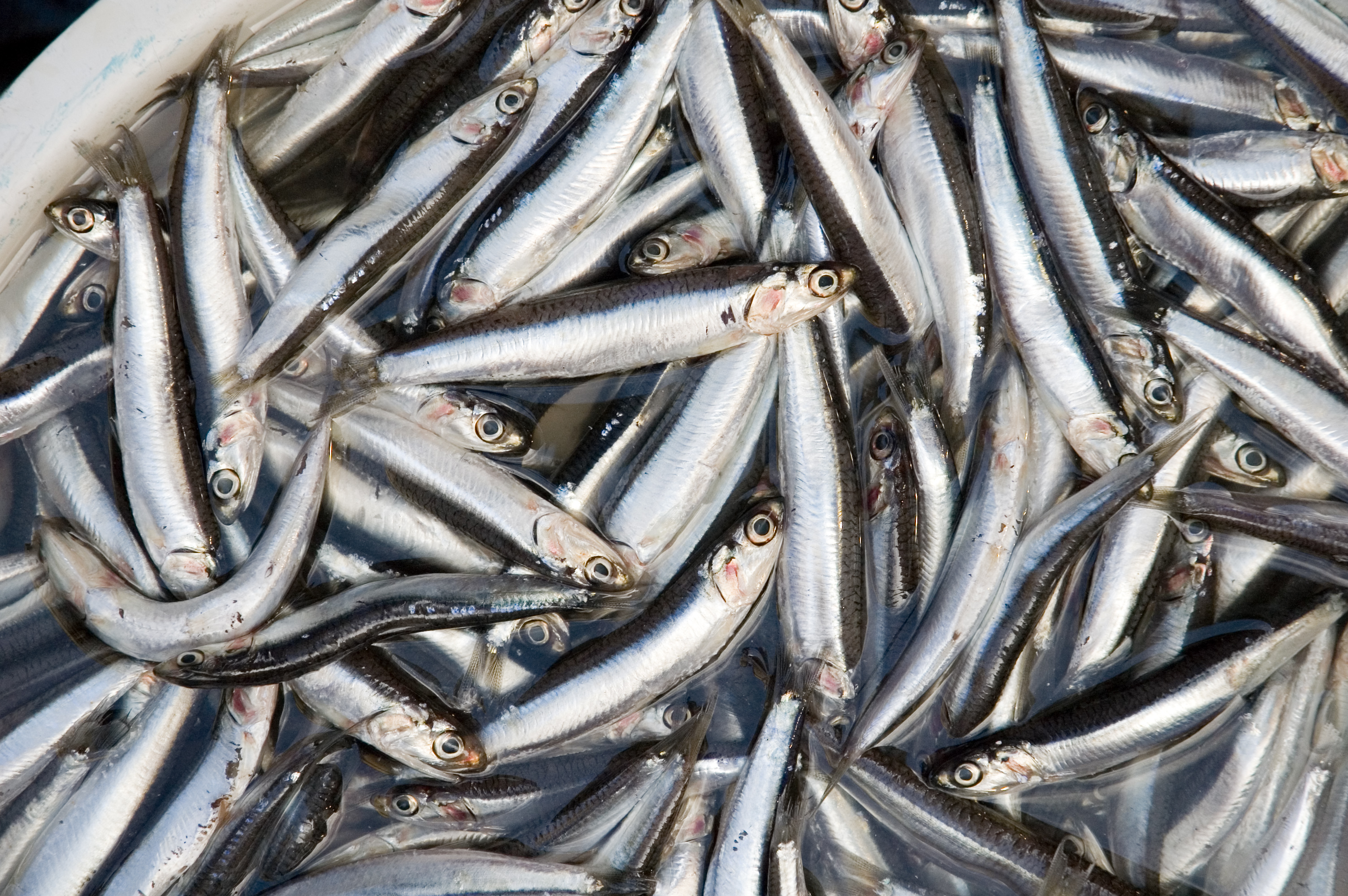
Ocean ‘breathability’ key to past, future habitat of West Coast marine species
Historical observations collected off California since the 1950s suggest that anchovies thrive where the water is breathable — a combination of the oxygen levels in the water and the species’ oxygen needs, which are affected by temperature. Future projections suggest that the waters off Mexico and Southern California could be uninhabitable by 2100.

URI appoints NASA scientist to lead Graduate School of Oceanography
KINGSTON, R.I. – MAY 11, 2020 – The University of Rhode has announced the appointment of NASA scientist Paula S. Bontempi as dean of the Graduate School of Oceanography. An alumna of GSO and a biological oceanographer for more than 25 years, Bontempi joins URI from the Earth Science Division, Science Mission Directorate of NASA Headquarters in Washington, D.
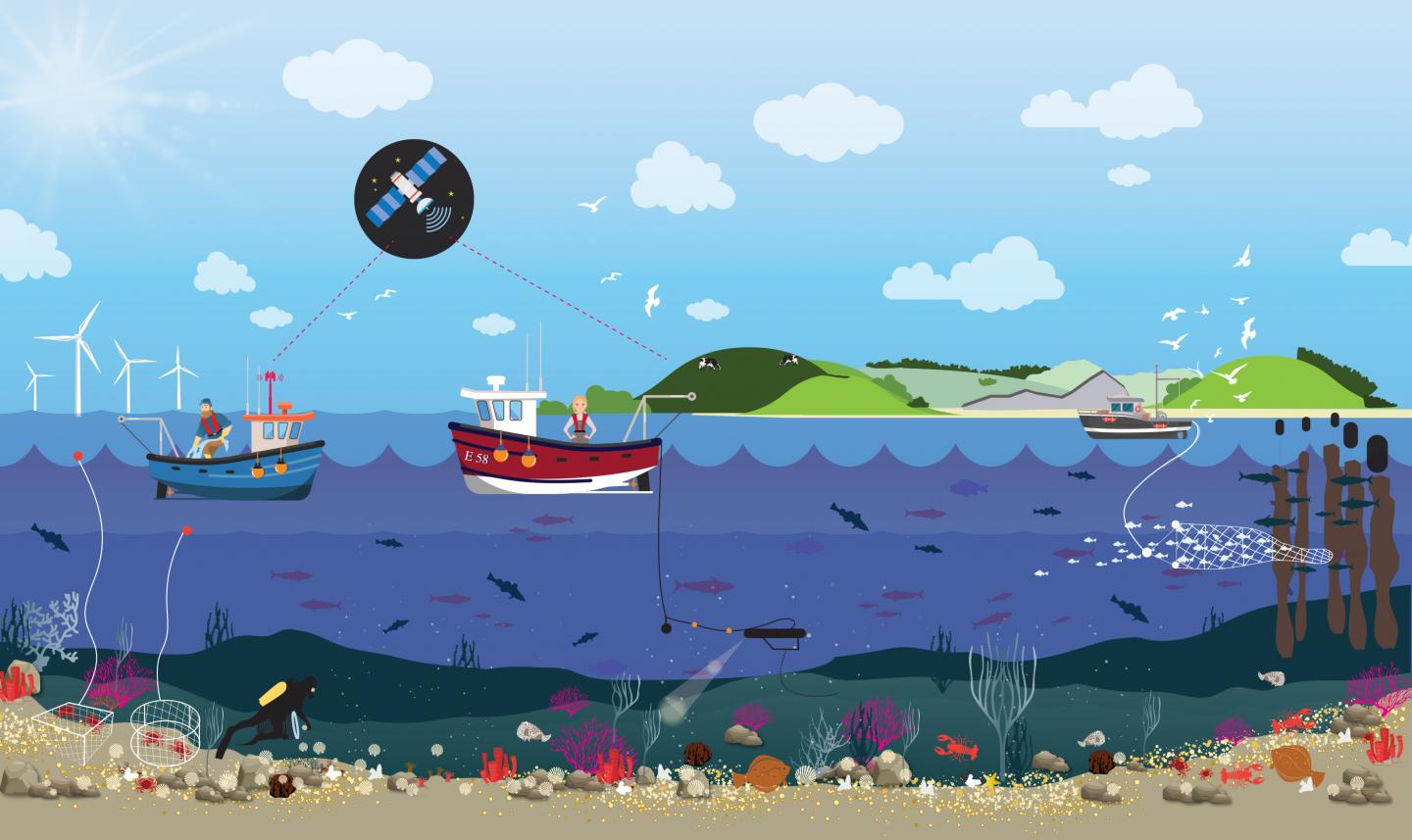
Scientists call on government to increase ambition to save our ocean
In the last decade there has been rapid expansion in the area of ocean designated as a Marine Protected Area (MPA).
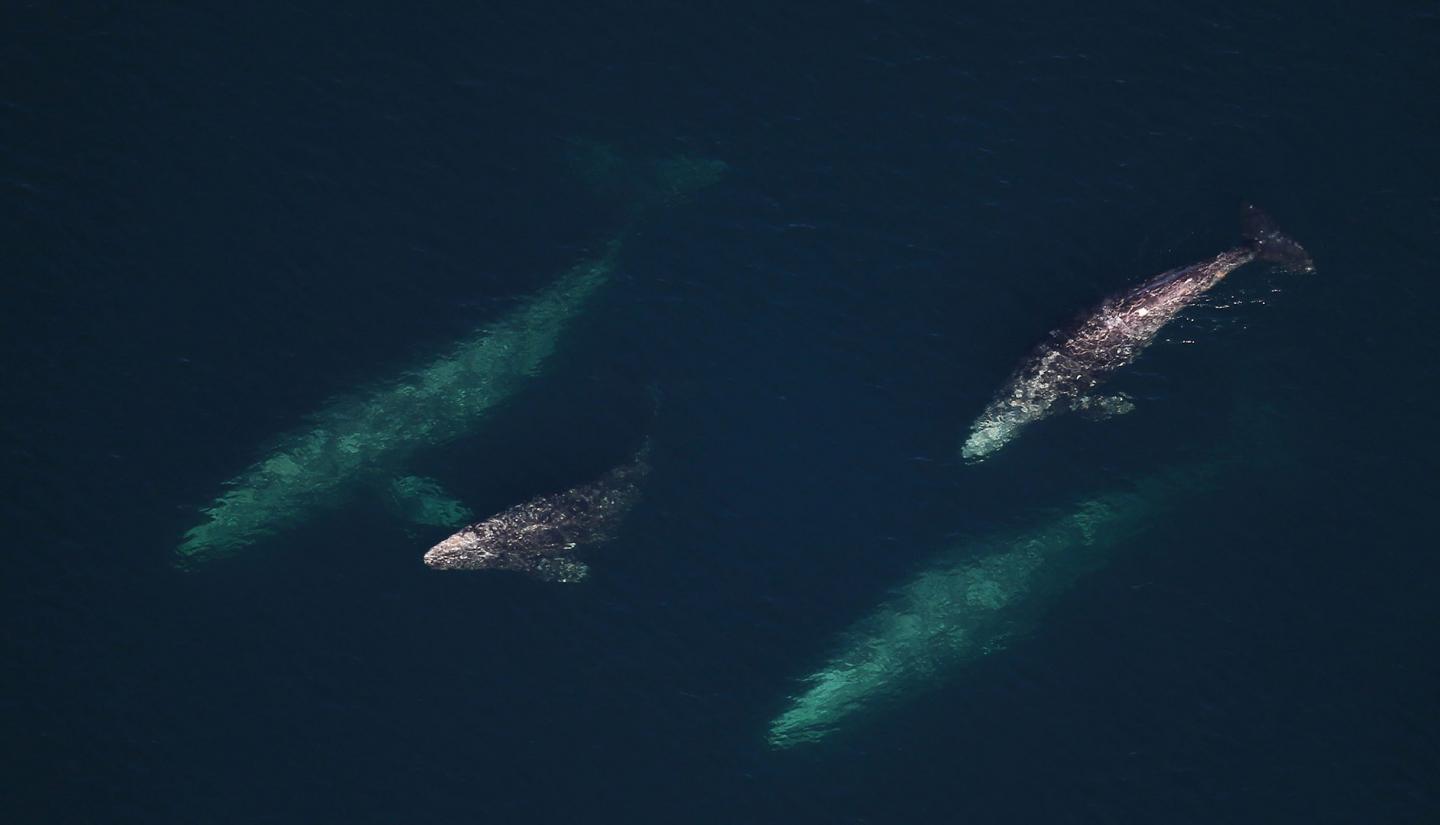
Solar storms could scramble whales’ navigational sense
When our sun belches out a hot stream of charged particles in Earth’s general direction, it doesn’t just mess up communications satellites.
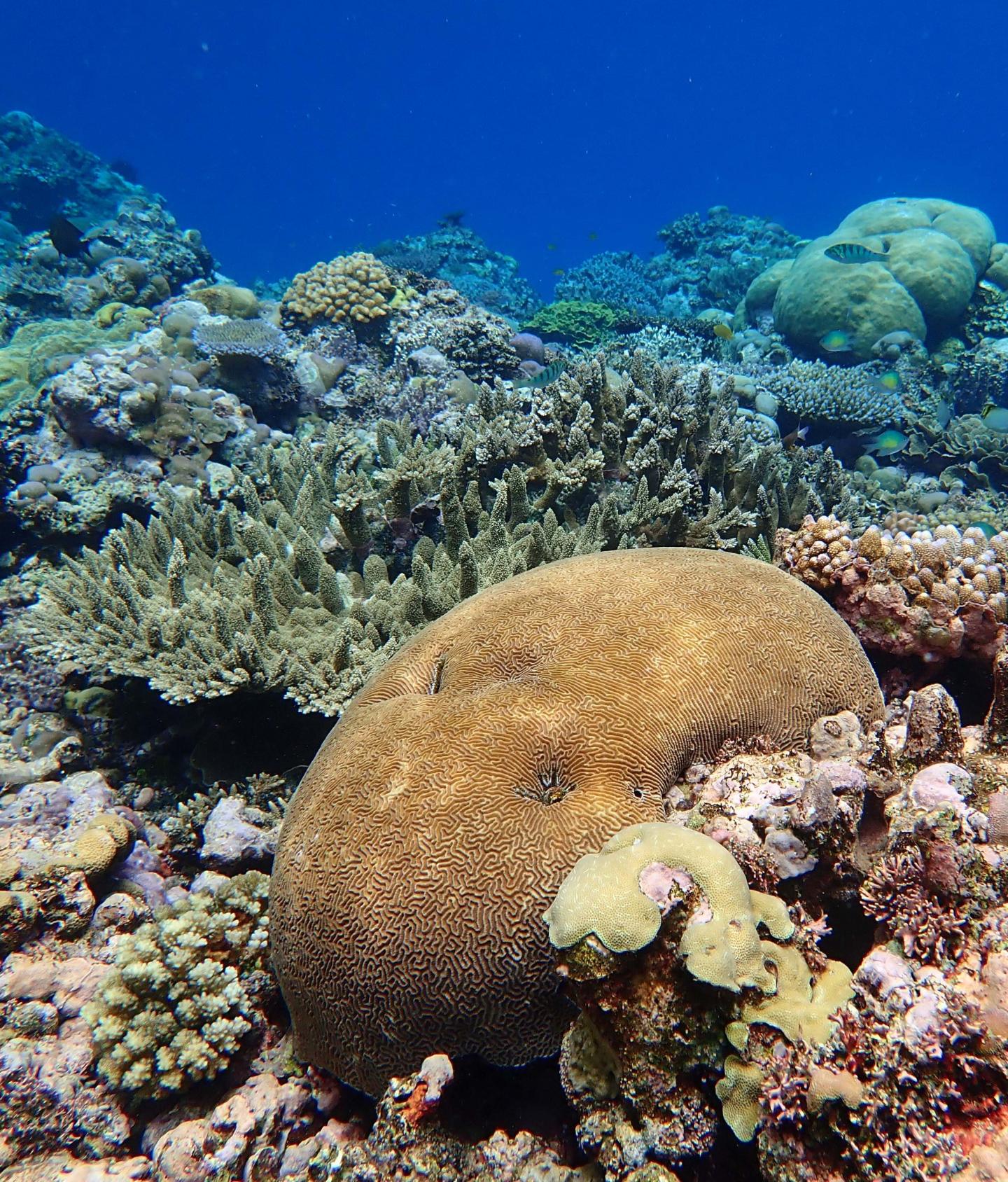
Stressed corals set up progeny for a better life
Changes in DNA methylation patterns during a coral’s lifetime can be passed down to their progeny.
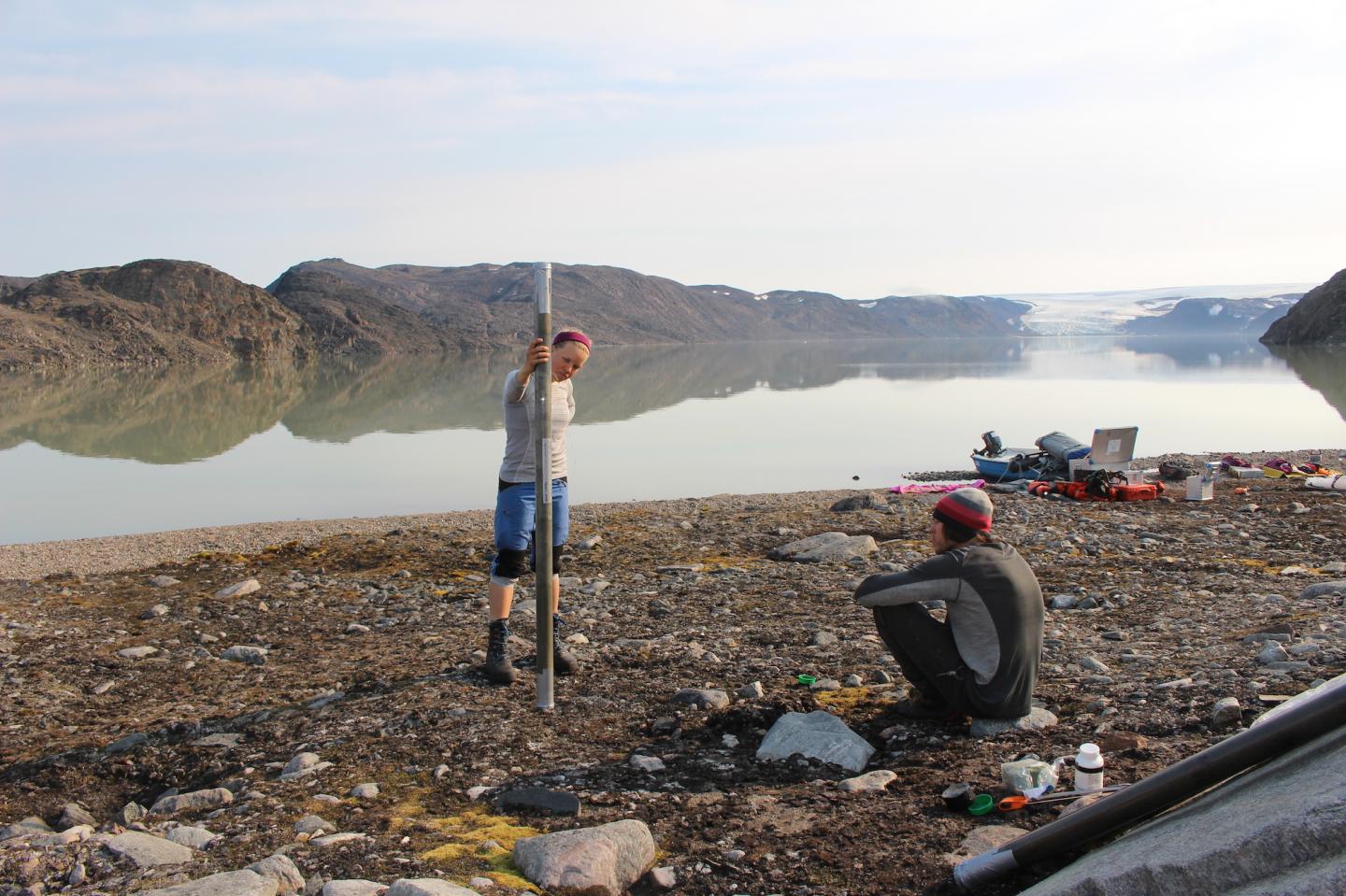
Plane travel destroys polar bear habitat
We all know we should fly less as a way to reduce our individual and collective effect on the global climate. But transforming that vague understanding into concrete reasons for action can be difficult — until now.
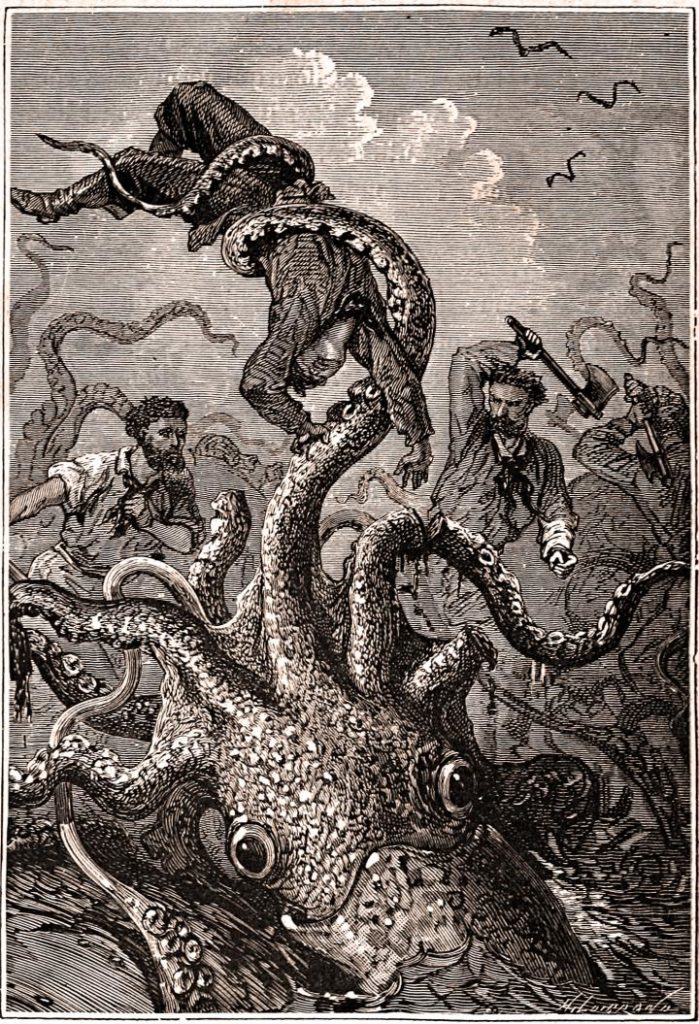
The mysterious, legendary giant squid’s genome is revealed
How did the monstrous giant squid – reaching school-bus size, with eyes as big as dinner plates and tentacles that can snatch prey 10 yards away — get so scarily big?
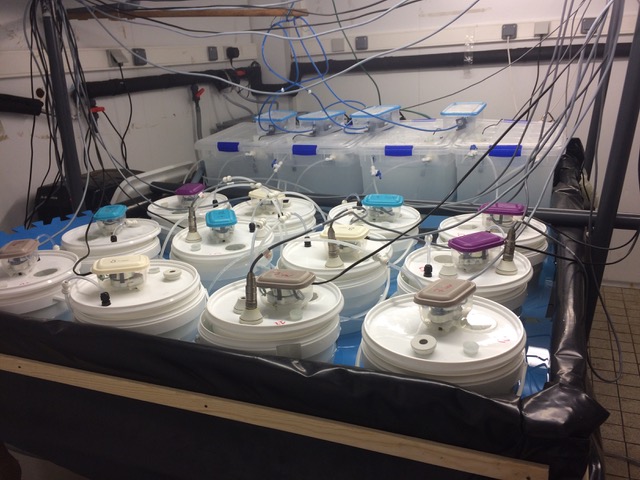
Genetic variation gives mussels a chance to adapt to climate change
Existing genetic variation in natural populations of Mediterranean mussels allows them to adapt to declining pH levels in seawater caused by carbon emissions. A new study by biologists from the University of Chicago shows that mussels raised in a low pH experimental environment grew smaller shells than those grown at normal pH levels, but the overall survival rate of mussels grown under both conditions was the same.
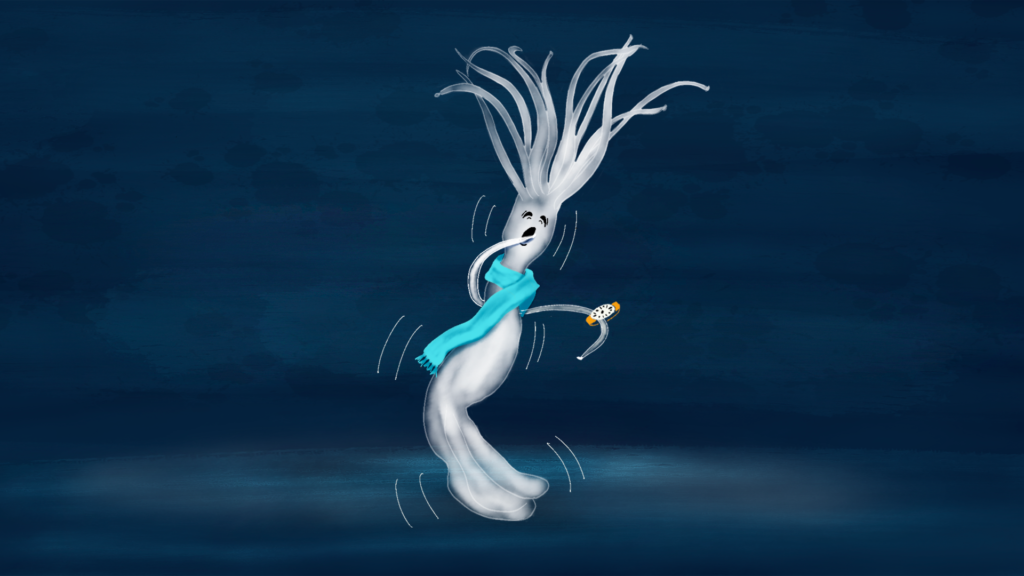
Sea anemones with jet lag?
Ocean scientists investigate the internal body clocks of sea anemones to determine if fluctuating temperatures play a role in their daily rhythms.
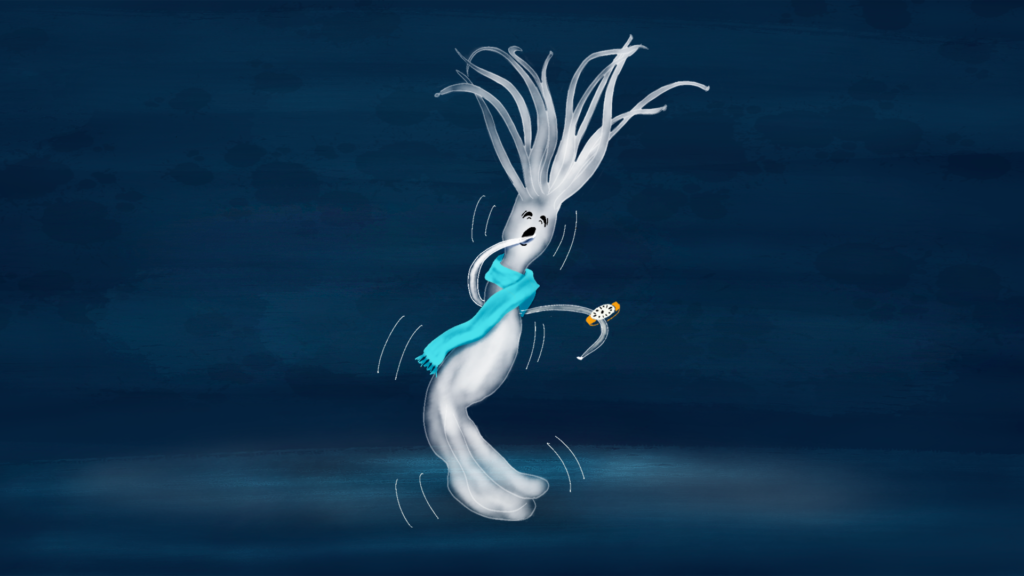
Sea anemones with jet lag?
Ocean scientists investigate the internal body clocks of sea anemones to determine if fluctuating temperatures play a role in their daily rhythms.
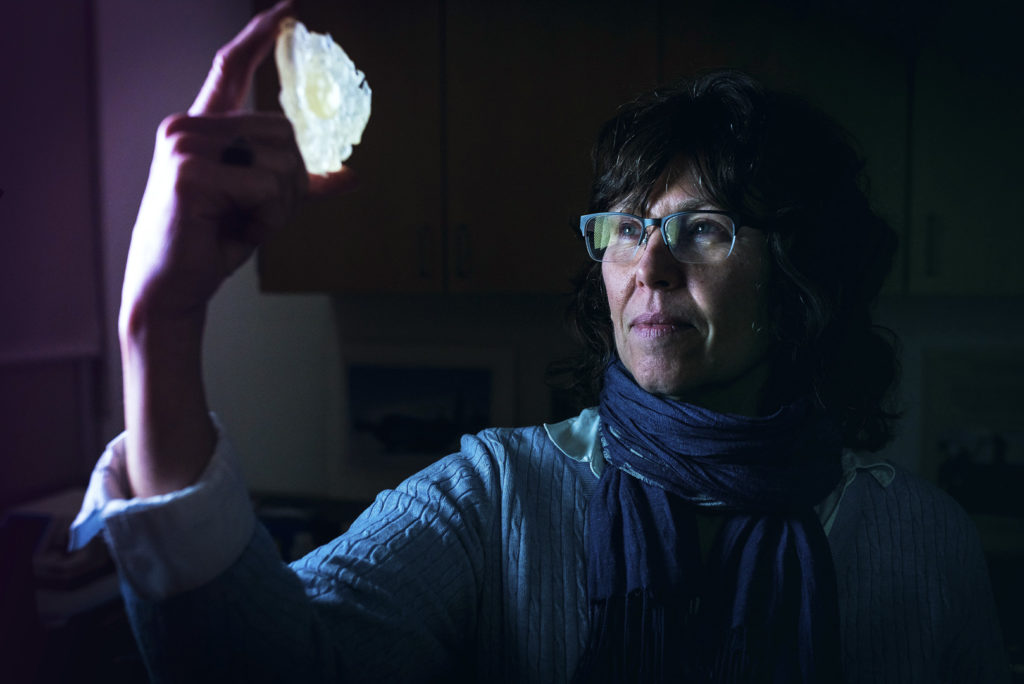
Falling in love with foraminifera
A marine geobiologist falls for the ‘brains’ and beauty of an ancient single-celled creature that can change its shell into a variety of geometric shapes.
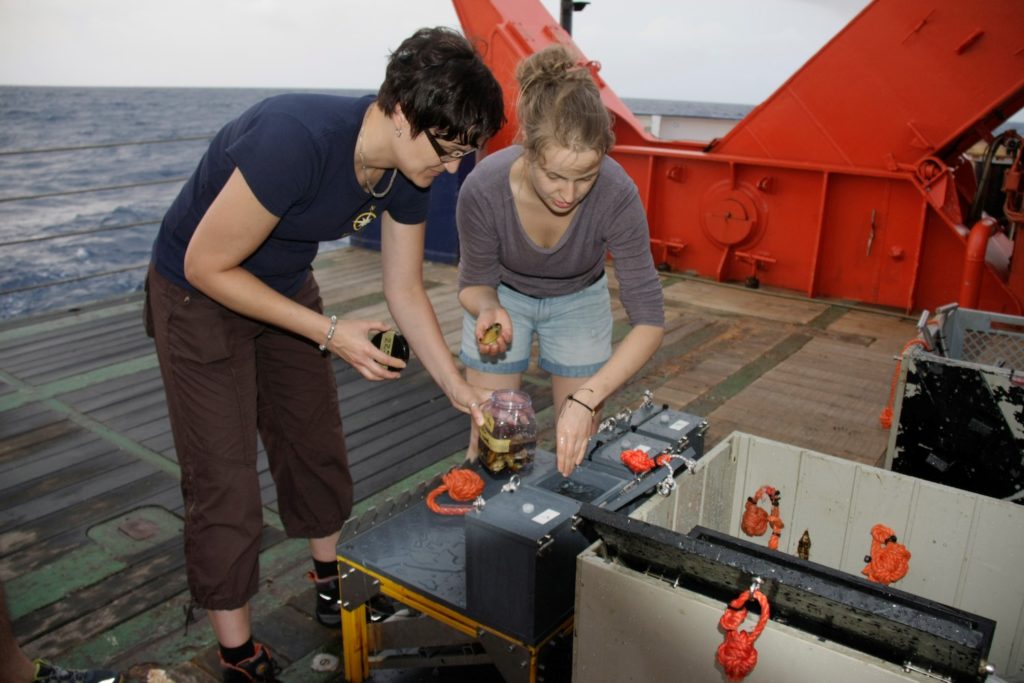
Many cooks don’t spoil the broth: Manifold symbionts prepare their host for any eventuality
Deep-sea mussels, which rely on cooperative symbiotic bacteria for their food, harbor a surprisingly high diversity of these bacterial “cooks”: Up to 16 different bacterial strains live together in the mussel’s gills, each with its own abilities and strengths. Thanks to this diversity of symbiotic bacterial partners, the mussel is prepared for all eventualities. The mussel bundles up an all-round carefree package, a German-Austrian research team including Jillian Petersen from the University of Vienna and Rebecca Ansorge and Nicole Dubilier from the Max-Planck-Institute for Marine Microbiology now reports in Nature Microbiology.